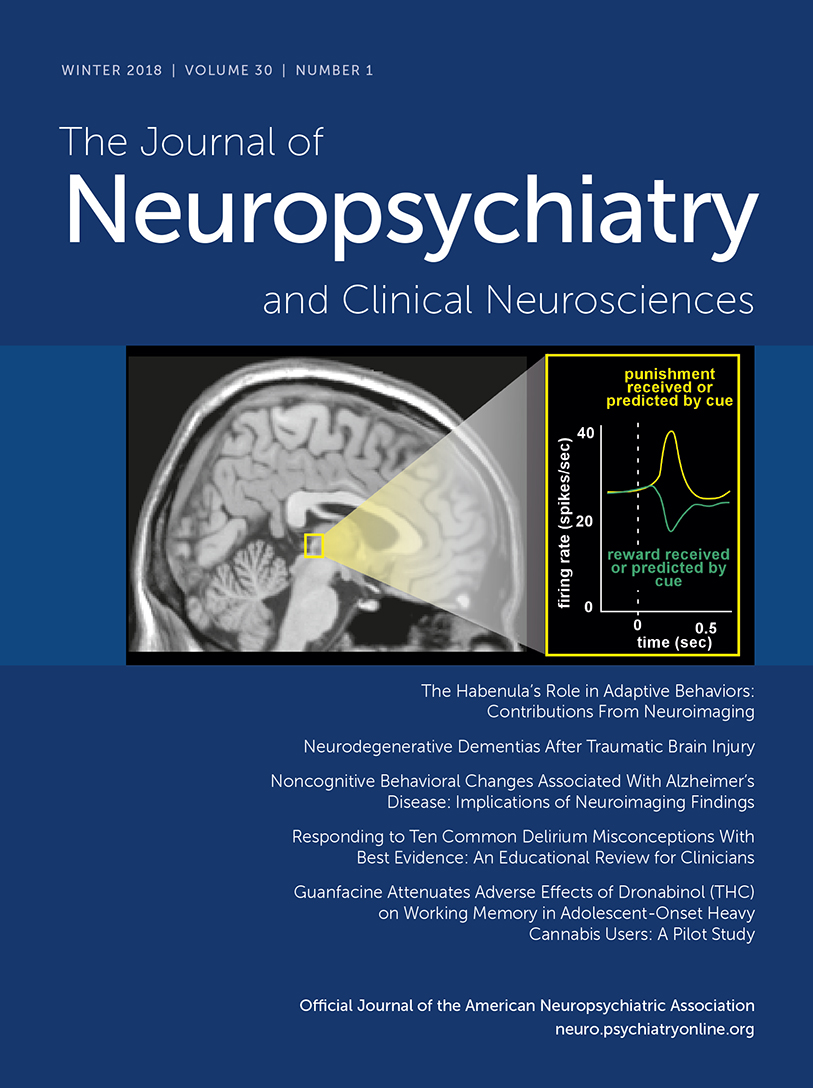Dyslexic Characteristics of Chinese-Speaking Semantic Variant of Primary Progressive Aphasia
Abstract
Reading disorder is a recognized feature in primary progressive aphasia (PPA). Surface dyslexia, characterized by regularization errors, is typically seen in the English-speaking semantic variant of PPA (svPPA). However, dyslexic characteristics of other languages, particularly logographical languages such as Chinese, remain sparse in the literature. This study aims to characterize and describe the dyslexic pattern in this group of patients by comparing an English-speaking svPPA group with a Chinese-speaking svPPA group. The authors hypothesized that Chinese-speaking individuals with svPPA would likely commit fewer surface dyslexic errors. By accessing the database of Singapore’s National Neuroscience Institute and the National Alzheimer’s Coordinating Center of the United States, the authors identified three Chinese-speaking and 18 English-speaking patients with svPPA, respectively, for comparison. The results suggest that, instead of surface dyslexia, svPPA in Chinese-speaking individuals is characterized by a profound deep dyslexic error. Based on current evidence suggesting the role of the temporal pole as a semantic convergence center, the authors conclude that this region also mediates and converges lexical-semantic significance in logographical languages.



